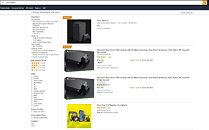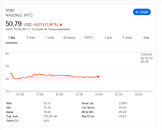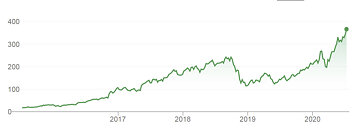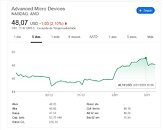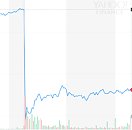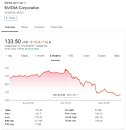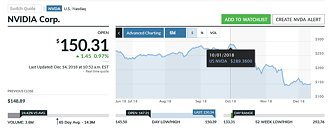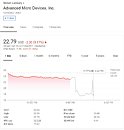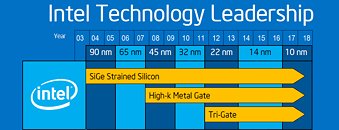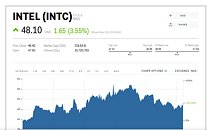US Government Could Blacklist Chinese Chipmaker SMIC
The Trump administration has reportedly been considering adding to Chinese chipmaker SMIC (Semiconductor Manufacturing International Corporation) to the trade blacklist of Chinese companies, restricting the company of doing any business with the United States and/or with any of its affiliates. The original report comes from Reuters and it states that the move came from Pentagon after considering whatever SMIC should be placed on a blacklist. It is so far unclear if other US agencies support the decision, however, it should be public in the near future. The company has received the news on Saturday and it was "in complete shock" about the decision. Shortly after the news broke, SMIC stock has fallen as much as 15% amid the possible blacklist. If SMIC would like to continue working with American suppliers, it would need to seek a difficult-to-obtain license from the government.
Update 28th September: The United States government hasofficially imposed sanctions on the Chinese chipmaker SMIC. The company is now under US sanctions and is placed on a trade blacklist.
Update 28th September: The United States government hasofficially imposed sanctions on the Chinese chipmaker SMIC. The company is now under US sanctions and is placed on a trade blacklist.


